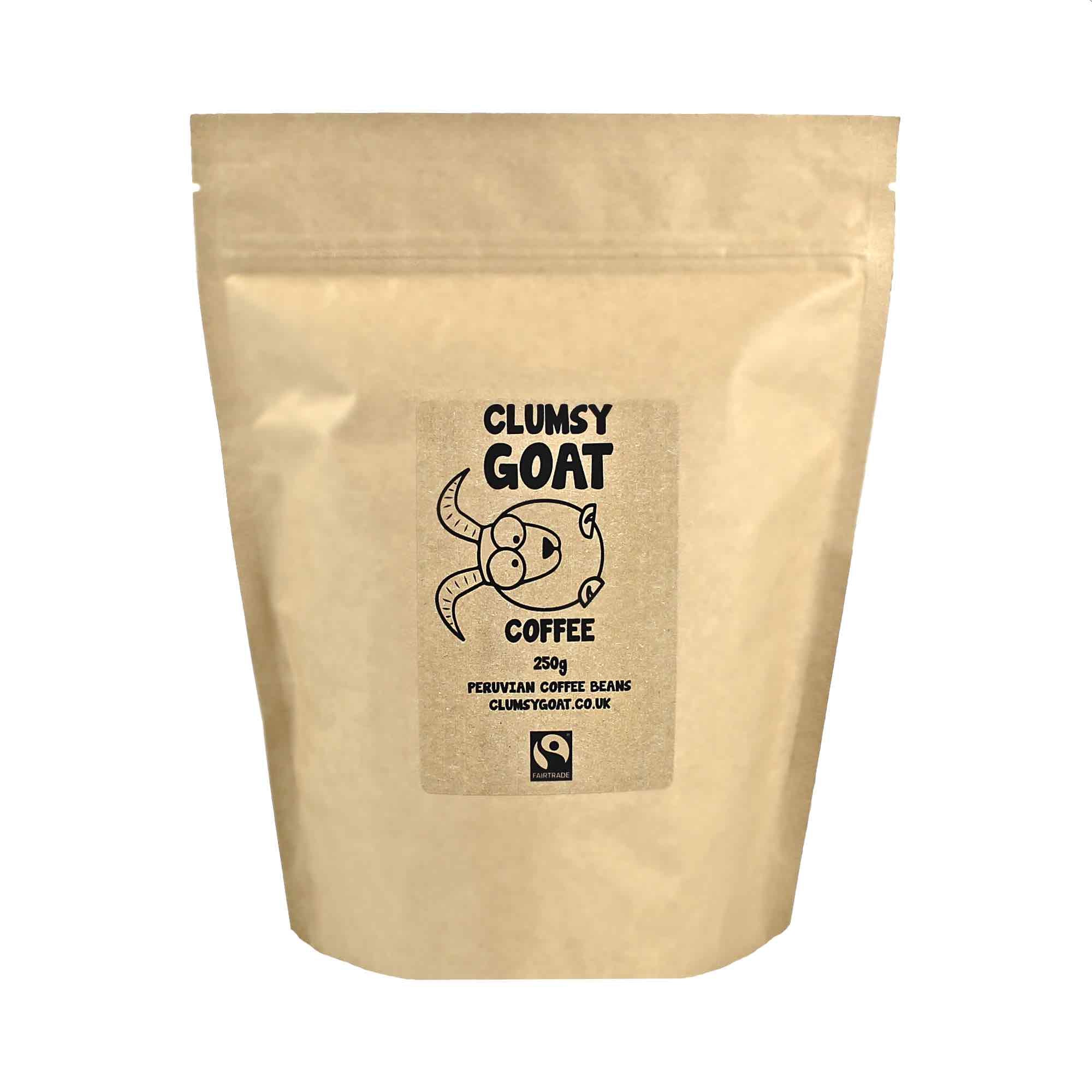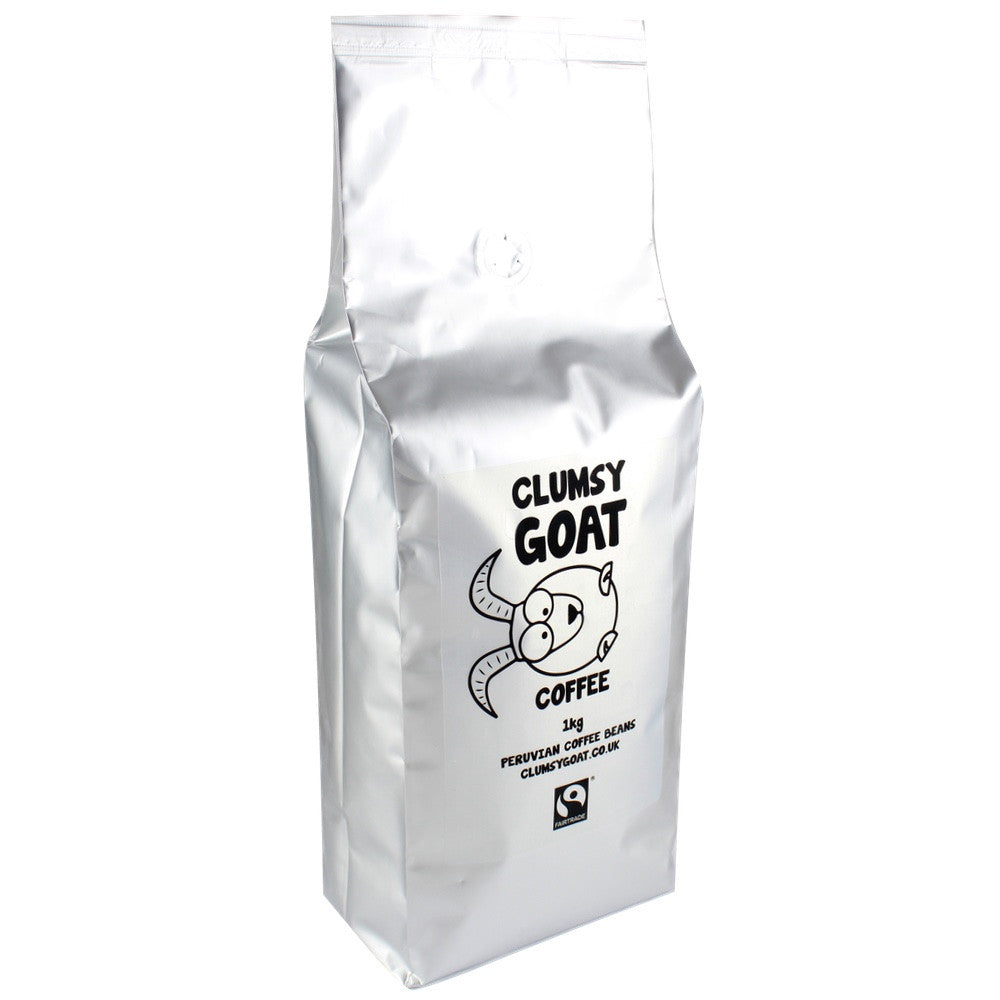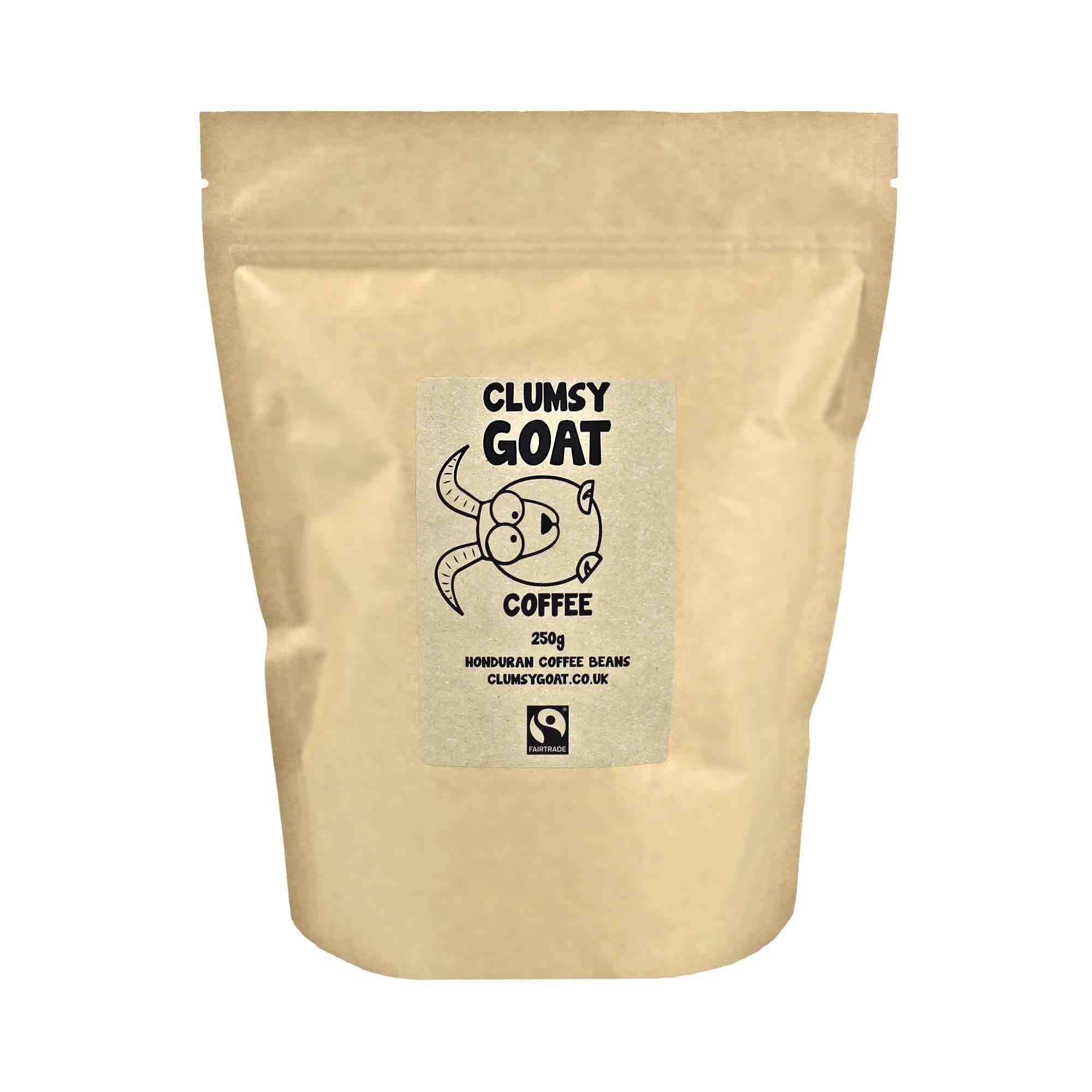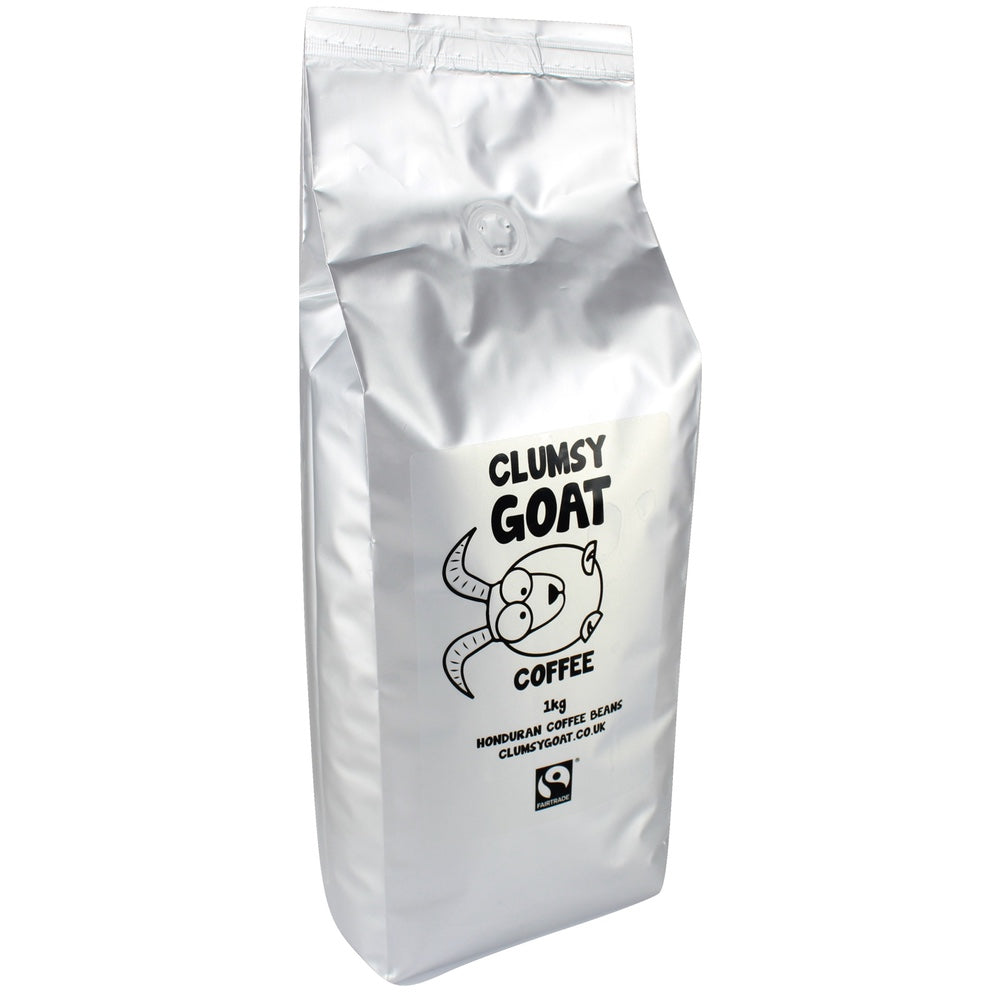Despite their differences, every coffee enthusiast will agree that both single origin and blended coffees have their place. Just like with anything, trying to say one is better than the other isn’t really possible, because at the end of the day it all comes down to our own individual palettes. And that’s not all – the way you brew your coffee and how you drink it should also be a consideration when it’s comes to deciding which ones best for you.
Single Origin coffee:
Single origin coffee refers to coffee beans from a particular country, or a particular region within a country. Since the conditions for growing coffee differ from country to country, coffee beans can develop wonderfully unique flavour profiles.
Using beans from a particular region is therefore a way of showcasing the exotic flavours and unique tasting notes of that region. Because of this, single origin coffees tend to be favoured by connoisseurs, but of course that’s not always the case. Traditionally, their use was limited to pour over methods of brewing, but it’s becoming increasingly common for coffee shops to use single origin coffees in espresso machines – particularly if they do a selection of guest blends.
Generally, you’ll notice that single origin coffees are often lightly roasted as this tends to allow the beans’ natural flavours to come through. And since it’s all about preservation of natural flavours, you’ll also notice that it’s slightly less common for single origin coffees to be enjoyed with milk. Having said this, milk can sometimes bring out the natural flavours of single origin coffees – our Fairtraide single origin Honduran goes particularly well with milk. Feel free to experiment yourself if you’re partial to milk in your coffee, but if you’re unsure, be sure to get in touch with us, we'll be happy to help out :)
Blended coffee:
As you might have guessed, blended coffee is a blend of beans from different countries. The idea is that the most desirable characteristics of each region are blended together to offer a more smooth, well-rounded taste.
Blended coffee tends to be more common in coffee shops where only one roast is brewed. This is because the taste is often more balanced, and therefore likely to be enjoyed by more people – particularly since your average coffee drinker might not be too familiar with the curious tasting notes single origin blends are known for. As well as this, blended coffee is great with milk or without.
Which one’s best for you?
Our advice is always to experiment. The likelihood is that you’ll enjoy most blends, so if you want to experiment with single origin coffee we'd first suggest reading the tasting profile of the coffee before buying. This will tell you what particular flavour notes you can expect to be met with. Alternatively you could try our Roast of the Month coffee subscription service - where we can send you a unique roast each month!
If you’re making the coffee yourself and you’re new to it, we do advise brewing single origin coffee with something other than an espresso machine to start with. Because of the hot water and high pressure the ground coffee is exposed to with this method, the flavour tends to be magnified. This means it’s easy for those particular characteristics of single origin coffees to become overbearing if poor technique is used. Any drip through, French press or aeropress method, on the other hand, will be absolutely perfect.
As we always say, it’s important you try and get the freshest beans to get the most of your coffee. To view our range of fairtrade, freshly roasted coffee, including a number of popular single origins, be sure to click here. All of our coffees come complete with tasting profiles so you should be able to find one that’s perfect for you. If you’re still unsure, please don’t hesitate to contact us and we’ll be happy to answer any questions you have!










